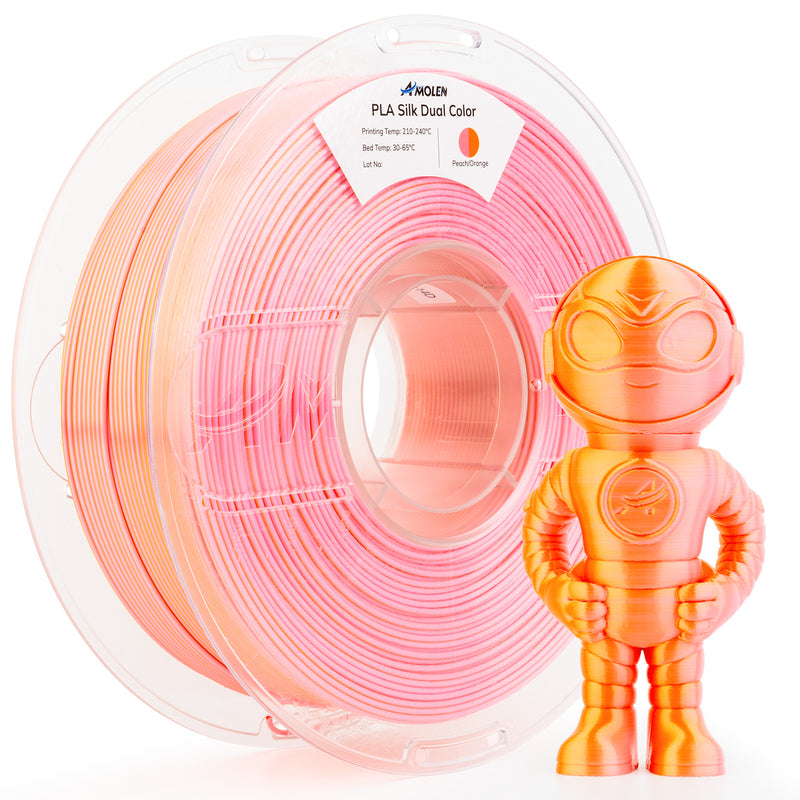Unlocking the Secrets: Discover the Best Deals on 3D Print Filaments You Didn't Know Existed!
3D printing has revolutionized the way we create, design, and manufacture objects, transforming everything from hobby projects to industrial applications. A critical component of this technology is the filament used in the printing process. With the market for 3D print filaments expanding rapidly, consumers are faced with an overwhelming array of options, making it essential to understand the various filament types available and how to find the best deals. In this article, we'll delve into the different types of 3D print filaments, explore where to purchase them, and provide strategies for comparing prices effectively. Whether you're an experienced maker or a curious newcomer, this guide will help you navigate the filament landscape without the influence of brand bias.

Understanding 3D Print Filament Types
3D print filaments are the materials used in 3D printers to create objects layer by layer. They come in various types, each with distinct properties and applications. The most common filament types include PLA, ABS, PETG, and specialty filaments like TPU and Nylon. PLA (Polylactic Acid) is popular for its ease of use and eco-friendliness, making it ideal for beginners. ABS (Acrylonitrile Butadiene Styrene) is favored for its strength and durability, though it requires a heated bed for optimal printing. PETG (Polyethylene Terephthalate Glycol) combines the best of both worlds, offering strength and flexibility, making it suitable for functional parts. Specialty filaments, such as TPU (Thermoplastic Polyurethane), are used for applications requiring elasticity and resilience. Each filament type has its unique characteristics, and understanding these will help you choose the right one for your project.
Where to Purchase 3D Print Filaments
When it comes to purchasing 3D print filaments, there are several avenues to explore. Local stores often provide the advantage of immediate availability and the opportunity to inspect the filament before purchasing. However, their selection may be limited, and prices can vary significantly. Online marketplaces offer a broader range of options, often at competitive prices, but shipping costs and delivery times can be a drawback. Specialty shops focus exclusively on 3D printing materials and usually have knowledgeable staff who can provide recommendations. While they may charge a premium, the expertise and specialized products may justify the cost. Each purchasing option has its pros and cons, so it's wise to consider your priorities—whether it's convenience, price, or expert advice—when deciding where to buy your filaments.
Comparing Prices and Brands
Comparing prices for 3D print filaments can be daunting, but it’s crucial for making informed purchasing decisions. To effectively compare prices, consider factors such as filament quality, spool size, and shipping costs. Not all filaments are created equal; some may offer better print quality or durability, which can affect your overall satisfaction with the final product. Spool size is another important consideration; larger spools tend to offer better value per gram, but ensure you have the storage space for them. Additionally, keep an eye out for seasonal sales, bulk purchase discounts, or special offers on online platforms. By being proactive and utilizing price comparison tools, you can find the best deals without getting overwhelmed by the multitude of options.
Tips for Getting the Best Deals
Saving money while purchasing 3D print filaments is achievable with some strategic planning. One effective way to save is by buying in bulk, which often reduces the price per unit significantly. If you frequently print, consider subscribing to a filament service that offers regular deliveries at discounted rates. Additionally, take advantage of seasonal sales or promotional events, as many retailers often offer significant discounts during these times. Joining online communities or forums can also provide insights on exclusive deals and offers shared by fellow enthusiasts. With these strategies, you can maximize your savings while ensuring you have a consistent supply of the filaments you need.
Summary of Key Takeaways
In summary, understanding the different types of 3D print filaments and where to purchase them is essential for making informed buying decisions. By exploring various options and comparing prices without the influence of specific brands, you can find the best deals available. Whether you're focused on quality, cost, or convenience, being informed about filament types and purchasing strategies will enable you to maximize your budget while enjoying the creativity that 3D printing offers. So take the plunge, explore the filament world, and discover the best deals that await you!








